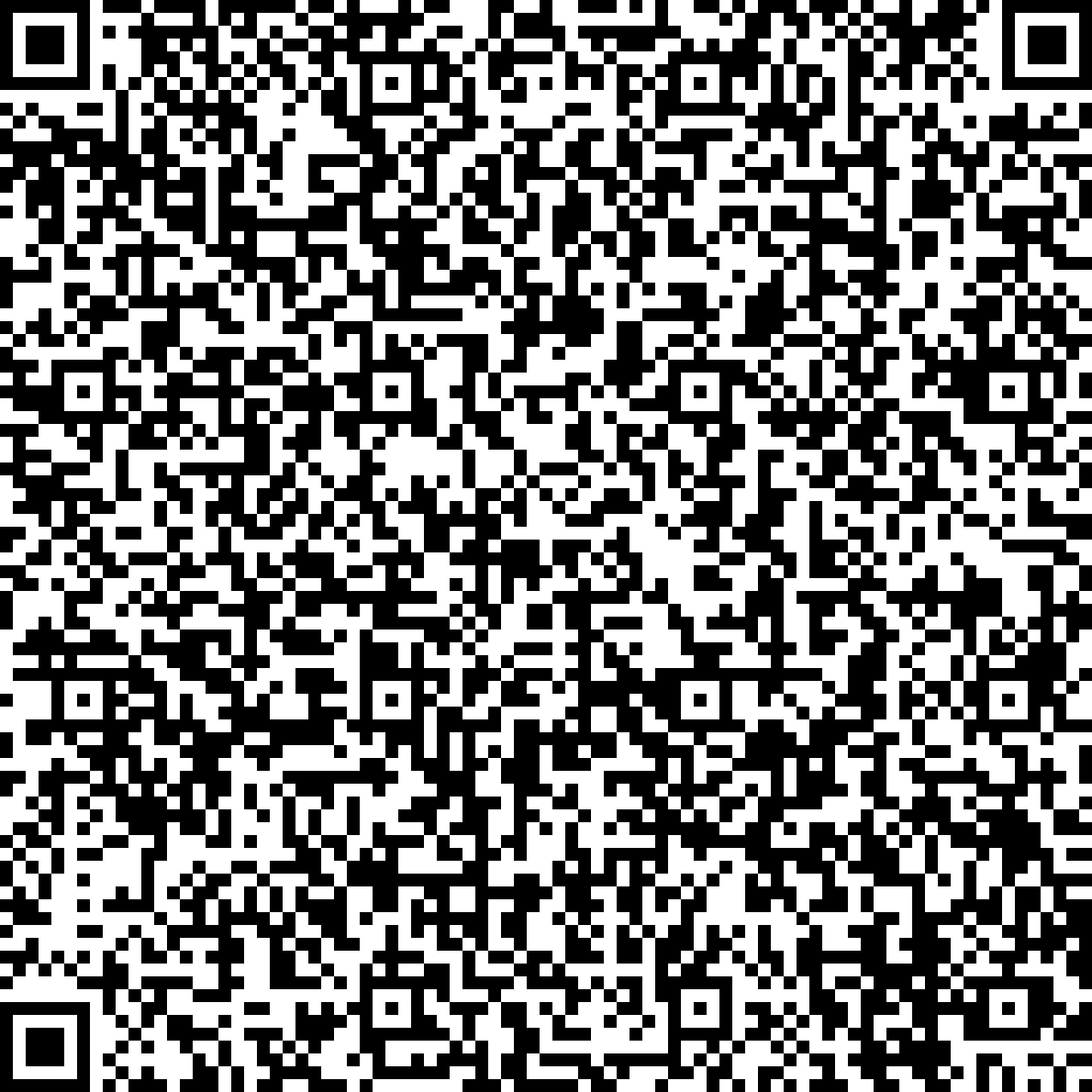


We present a study of adiabatic pumping in mesoscopic systems in the presence of superconducting leads.
First, we develop a model, based on the scattering formalism, for adiabatic pumping in hybrid normal/superconductor systems with several superconducting leads and at least one normal contact. This method is employed to investigate Andreev-interference ects on the adiabatically pumped charge in a three-arm beam splitter attached to one normal and two superconducting leads with dirent phases of the order parameters.
Second, we present a formalism to study adiabatic pumping through a superconductor-normal-superconductor weak link. At zero temperature, the pumped charge is related to the Berry phase accumulated in a pumping cycle by the Andreev bound states formed in the system, which, in turn, can be written as a function of the scattering matrix of the normal region. Results are presented for the case when the normal region is short compared to the superconducting coherence length.



We present a study of adiabatic pumping in mesoscopic systems in the presence of superconducting leads.
First, we develop a model, based on the scattering formalism, for adiabatic pumping in hybrid normal/superconductor systems with several superconducting leads and at least one normal contact. This method is employed to investigate Andreev-interference ects on the adiabatically pumped charge in a three-arm beam splitter attached to one normal and two superconducting leads with dirent phases of the order parameters.
Second, we present a formalism to study adiabatic pumping through a superconductor-normal-superconductor weak link. At zero temperature, the pumped charge is related to the Berry phase accumulated in a pumping cycle by the Andreev bound states formed in the system, which, in turn, can be written as a function of the scattering matrix of the normal region. Results are presented for the case when the normal region is short compared to the superconducting coherence length.